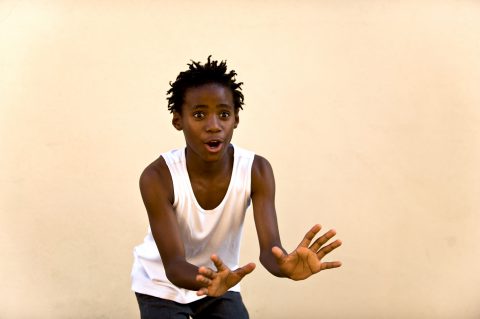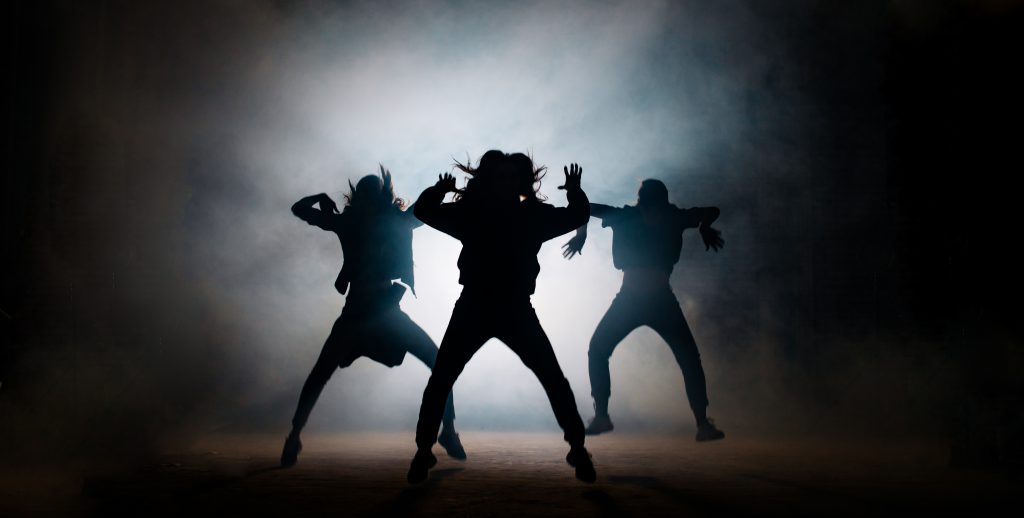The South African Schools Collection
Putting The Arts Back Into Education
There’s a lot of focus on science and technology in discussions about South African education, and the importance of subjects like maths.
You’d be forgiven for thinking maths and science were some of the only subjects on offer if you read much of the writing in the media about education. And while science, technology, engineering and maths (STEM) are undoubtedly important given the technological age we live in, the arts are a vital part of producing matriculants who are able to navigate a very uncertain, constantly shifting future jobs market.
That’s the view of Michelle Constant, CEO at Business and Arts South Africa (BASA), who emphasises that teaching children the arts is not about them becoming artists. “Internationally there’s a move from STEM to STEAM,” she says, where A is for the arts, and where the arts are taught as part of STEM subjects.
“What’s important is that the arts are being included because they teach greater levels of imagination, creativity, logic and resonance with society,” she says.
In fact, says Constant, some have taken this a step further, moving from STEM to STEAM to SEA – which stands for Science, Economics and Art – as a good cluster of subjects for children to study to prepare them for the future.
“We live in a world that is increasingly uncertain, and Industrial Revolution 4.0 is not so much about artificial intelligence (AI) and how it’s going to take our jobs, but more about what our jobs are going to require in the future,” adds Constant. “Those that require less AI are going to require emotional intelligence. And that’s what art teaches.
“So they don’t learn art to become artists – they learn it because it teaches them skills that will enable them in other spaces.”
The question of career options is one that Roedean drama teacher Lesley Wright comes up against often.
“At parents’ evenings at school, a lot of parents express scepticism about their children taking drama,” she says. “They think it’s easy, and it’s about playing in class and ‘making up skits’. They don’t realise that there’s a lot of theory and history to be studied as well.
“But while a small number of my previous pupils have gone into arts professions, mainly they seem to go into three careers: marketing, law and medicine.”
Medicine is probably the most surprising of those three, but Constant says she knows of at least one university in the US, for example, where medical students have to do an arts module as part of their curriculum.
“Part of that means that they are taken to art galleries, so they can start to learn how to describe and explain things,” she says.
“For example, I broke my wrist a while back, and when I was at the orthopaedic surgeon, he saw my arm – he didn’t see the person beyond that. So I had to negotiate with him to access any empathy, to get the sense that he understood what was going on with me, the whole person.
“Simply put, science is about ‘I do this,’ and arts is about ‘I do this slowly’ – it’s descriptive, and it tries to understand why.”
Wright points out that while we might be run by machines someday, in any job, dealing with human beings is the most challenging part.
“Communication, compassion, listening to understand – these are all very important,” she says.
“A society without arts lacks humanity. AI lacks humanity,” adds Constant. “I recently watched a video of a robot conducting an orchestra, and when you see something like that, you realise how important

the personality of the conductor is. It’s a bizarre thing to watch – because the robot can process the music and conduct mechanically, but there’s no passion in the music. And it’s very difficult to measure passion and emotion, but it’s vital.”
“Studying the arts stimulates compassion, and teaches children to sit in difficult moments,” says Wright. “Drama, particularly, allows a lot of space for discomfort. Children are often presented with uncomfortable topics and situations.
“So they might go to watch a play and see two women kissing. What is the appropriate response to that? Or they see something violent and they giggle – why? We explore those kinds of questions. They are learning something, even when they’re just part of the audience.
“Then there are the texts we read,” she adds. “Often there are things that disrupt or disturb their thinking on particular topics. Many young people hold quite conservative ideas about things – often, because their parents hold those views. But the arts put a human face on issues, and it’s very rewarding to see the lightbulbs going off when they start to look at something from a new perspective.”
Wright says the arts also show children that they can do things they have never done before.
“When we do a full-length production they might find themselves singing or dancing, and they are seen in a different light – by the peers, and by themselves. It takes off a set of spectacles about ‘who I am’.”
But beyond any kind of personal gains, there are also some solid skills to be learnt.
“There’s a level of storytelling that comes with the arts,” says Constant. “It’s about the narrative versus the numbers.
“And if you look at the World Economic Forum’s reports, they said that the required skills in 2015 would be the ability to deal with complex problems. For 2018, there are a whole lot of other skills, such as creativity, emotional intelligence (EQ) and cognitive flexibility – and those are what the arts will teach you.”
“Children also learn to present arguments,” says Wright. “If you’re in court, or doing a pitch or presentation in business some day, you need the ability to stand up and make a convincing argument. So these are vital skills for entrepreneurs, for lawyers, for marketers.
“Essay writing is a very good discipline for this, because you learn to build the argument and present the relevant evidence to support it. So a lot of kids get to university and they are very grateful that they’ve learnt to write a strong essay, that they have a solid structure they can use.”
Wright has some great advice for parents who are worried because their children are eyeing an art subject or two as they prepare for matric.
“Don’t make assumptions,” she says. “Some of these subjects weren’t available as full subjects when you were at school, and things have changed a lot. Drama, for example, isn’t just about house plays. Ask to see the textbooks – for music, visual arts or drama. Go and see what the matrics do for their practical exams. That will give you a better sense of what it’s all about.”
How to expose your children to the arts
Both of our experts have suggestions on how you can introduce your children to the arts without shelling out a fortune:
“There are organisations like Assitej South Africa, who take theatre to youngsters in schools, so you can invite them to your school. Or find local theatre companies, many of whom run inexpensive afterschool programmes. All galleries are free – you can walk in to any of them, and you have every right to be there. You don’t have to buy anything. In many parks there is public art – take your kids, and talk about what you see together.” – Michelle Constant
“It does take a bit of work, but if you keep your eyes open there are a lot of opportunities. People’s theatre, children’s theatres, markets where there are improvisation groups – keep your eyes on local and community newspapers, as well as community noticeboards. Just take them to watch and see things. Take children to galleries. Part of these outings is also for children to learn what appropriate behaviour is in these spaces. And do creative projects at home with them, with simple household objects.” – Lesley Wright






 Sign-up and receive the Business Media MAGS newsletter OR SA Mining newsletter straight to your inbox.
Sign-up and receive the Business Media MAGS newsletter OR SA Mining newsletter straight to your inbox.